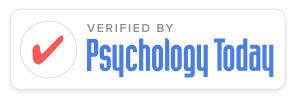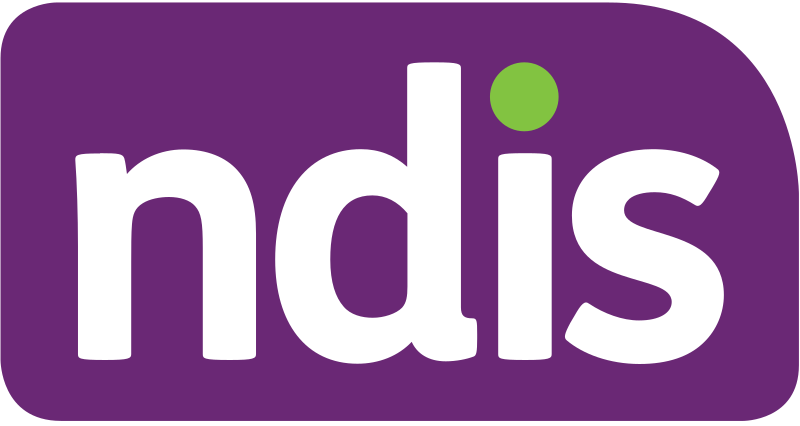In recent years, the internet has given rise to a number of viral memes that reflect the complex emotional world of today’s teenagers. One meme that has stood out for its relatability and lighthearted approach to life’s struggles is the “Chill Guy” meme. This simple yet powerful image of a calm, unbothered character has become a symbol of how young people navigate stress, emotions, and societal pressures. But why do teenagers and adolescents connect so deeply with the “Chill Guy,” and what impact does it have on their mental health and wellbeing?
The “Chill Guy” Meme: A Symbol of Calm in a Chaotic World
The “Chill Guy” meme typically features a cartoon or illustration of a laid-back character with an expression that suggests they are completely unfazed by external stresses or challenges. This image often comes with a caption that implies that, despite the chaos around them—whether it’s school pressures, family expectations, or the anxiety of adolescence—this character remains serene.
Teenagers, who face heightened emotional and social pressure, may find this meme particularly comforting. The image of someone who is “chill” offers a moment of relief. For many, it serves as a form of self-expression, capturing how they might wish to approach life—without stress or worry. In a world where social media, school performance, and peer relationships can feel overwhelming, the “Chill Guy” meme offers a fun, lighthearted way for adolescents to deal with their emotions.
Why Teenagers Relate to the “Chill Guy” Meme
- Emotional Expression: Teenagers experience a whirlwind of emotions, from excitement and joy to anxiety and frustration. Many face the pressure of academic achievement, social expectations, and growing self-awareness. The “Chill Guy” meme acts as an outlet for expressing their desire to detach from these heavy emotional loads. By embracing the calm and carefree nature of the meme, they can express a much-needed emotional release.
- Social Connection: Memes like “Chill Guy” create a shared language that allows teenagers to connect with each other. Adolescents are often looking for a sense of belonging, and sharing relatable content helps foster that connection. The meme acts as an icebreaker, providing a safe way for teens to talk about difficult topics like stress, schoolwork, and personal struggles without diving too deep into serious conversations.
- Humor and Coping: Humor is a coping mechanism many adolescents turn to when navigating tough emotions. The “Chill Guy” meme offers a way to laugh at the absurdity of life and find comfort in the idea that it’s okay to not have everything under control. In fact, embracing this sense of humor can be a therapeutic tool, helping teens de-stress and maintain a sense of perspective.
How the “Chill Guy” Meme Benefits Mental Health and Wellbeing
- Promotes Emotional Regulation: The “Chill Guy” meme encourages teenagers to recognize that it’s okay to not react to every challenge with panic or frustration. By presenting a character who stays calm amidst chaos, the meme subtly teaches emotional regulation—helping teens understand that they don’t have to be overwhelmed by every emotion they feel.
- Reduces Anxiety: In schools, where academic performance and social pressures often lead to stress, the “Chill Guy” meme can offer a sense of relief. It serves as a reminder that, while challenges are inevitable, they don’t have to be life-defining. Teenagers who feel anxious about exams, social situations, or family expectations might find comfort in seeing someone remain calm, which helps normalize the ups and downs of adolescence.
- Encourages Mindfulness: The “Chill Guy” meme can also be viewed as a subtle nudge toward mindfulness. By staying “chill” or unfazed, the character exemplifies the concept of being present in the moment and not getting overly caught up in things beyond one’s control. This aligns with mental health practices that promote mindfulness, such as focusing on what can be controlled and letting go of what can’t.
- Provides a Safe Space for Vulnerability: The meme provides a non-threatening, humorous way for teenagers to express their mental health struggles. Instead of opening up about difficult emotions in a traditional or direct way, they can share this meme as a way of indicating that they are feeling overwhelmed but choosing to cope in a lighthearted manner. This can lead to deeper discussions on mental health and wellbeing.
The Role of Memes in Schools and Adolescents’ Lives
In an era where mental health challenges among teenagers are increasingly prevalent, memes like “Chill Guy” play an important role in helping young people navigate their emotional worlds. They provide a way for teens to cope with stress, make sense of their feelings, and find humor in tough situations. Schools can support this positive use of memes by creating environments where students feel comfortable discussing their mental health and using humor to process emotions.
By promoting a balanced approach to emotions—where humor, calmness, and emotional expression are embraced—teenagers can learn to manage their mental health in healthy ways. Schools, parents, and educators can leverage the influence of memes to engage young people in conversations about emotional wellbeing and resilience, showing that it’s okay to be “chill” in the face of challenges.
Conclusion: The Impact of the “Chill Guy” Meme on Mental Wellbeing
The “Chill Guy” meme isn’t just a passing internet trend; it has become a tool for emotional expression, connection, and mental health coping for teenagers. By allowing adolescents to relate to a character that remains calm amid life’s ups and downs, the meme promotes emotional resilience and mental wellbeing. In schools and among peers, it serves as a subtle reminder that it’s okay to embrace a laid-back attitude when facing the complexities of life. And in doing so, it helps teens navigate their emotions with humor, mindfulness, and a sense of calm.
By understanding why this meme resonates with teenagers, we can appreciate how modern digital culture provides new ways for adolescents to express and process their feelings, ultimately fostering healthier mental health practices for the younger generation.






